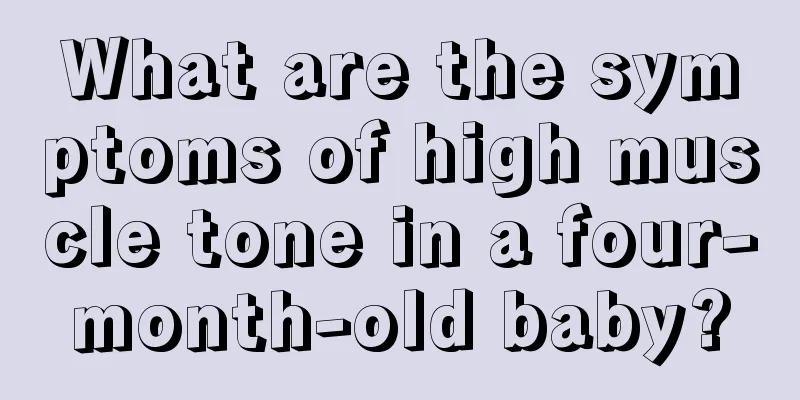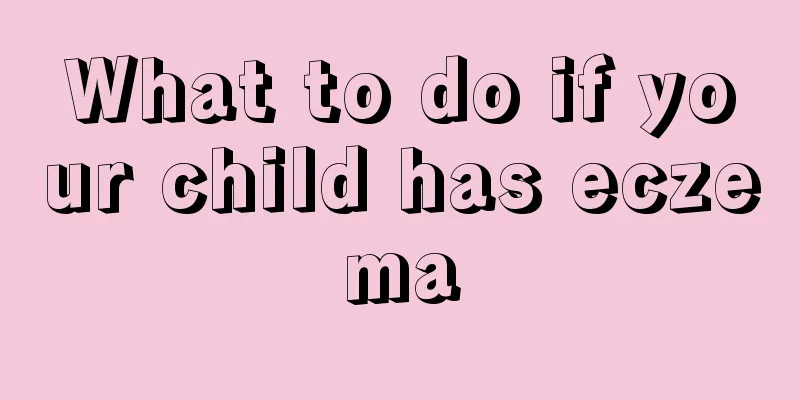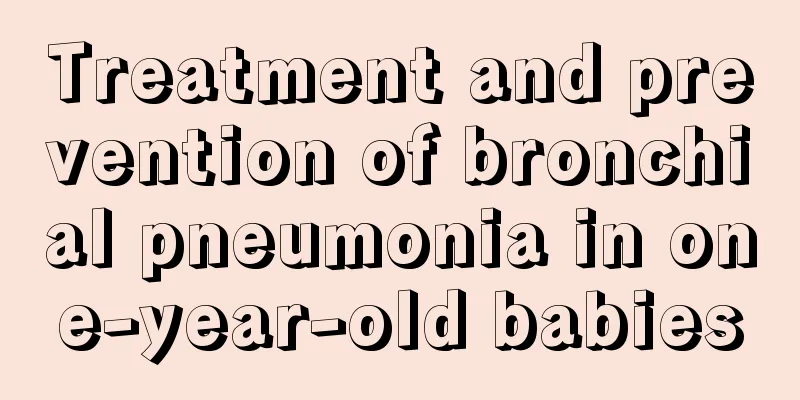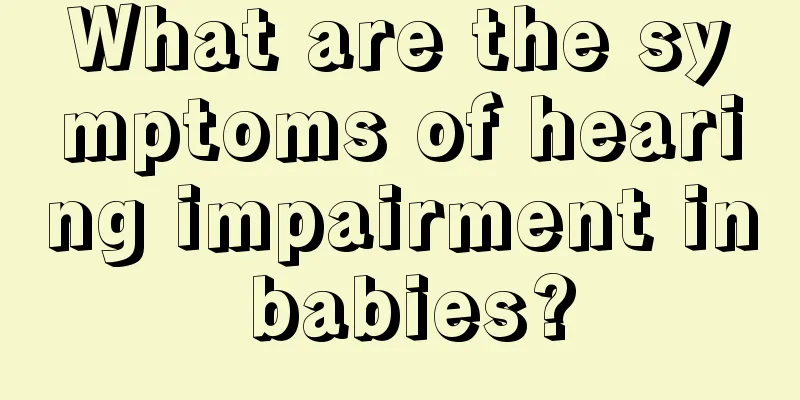Can children take antiviral drugs in emergency room?
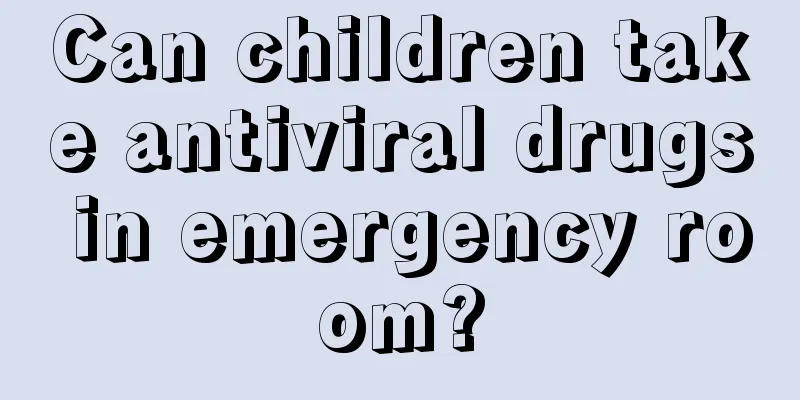
|
Infants and young children generally have low body resistance, so they are very easy to get sick. Moreover, when children are sick, they cannot be delayed, so they must be sent to the hospital for emergency treatment. During the emergency process, some doctors will give children injections of antibiotics or antiviral drugs, but not all young children can take antiviral drugs. So can antiviral drugs be used for roseola infantum? Roseola infantum is an acute exanthematous infectious disease caused by a virus. It is more common in children between 6 months and 2 years old, especially in infants under 1 year old. It is most common in winter and spring, but it is not very contagious. Infants and young children infected with the virus generally have an incubation period of 1 to 2 weeks. Most of the onset is very acute. The children suddenly have a high fever of over 39°C, but their mental state is good. They are often accompanied by mild pharyngitis, symptoms of upper respiratory tract infection, or symptoms of digestive tract infection such as nausea and vomiting. The high fever lasts for 3 to 5 days, mostly for 3 days, and the body temperature drops naturally. Other symptoms. Improvement occurs as body temperature drops. Rash appears after fever starts to subside or body temperature drops. Rash is first seen on the neck and trunk and quickly spreads to the whole body. It is more common on the waist and buttocks and less common on the face and below the knees. This is a centripetal rash with more in the center and less on the periphery. It can completely disappear in 1 to 2 days. No pigmentation is left after the rash disappears, and the rash does not desquamate or leave any traces. There are enlarged lymph nodes behind the ears and behind the pillow during the course of the disease, which disappear within a few weeks after the fever subsides. Roseola infantum is difficult to diagnose before the rash appears, and it is easy to misdiagnose as an upper respiratory tract infection or indigestion. When the fever subsides and the rash appears, the diagnosis is clear and the disease is about to be cured. Parents no longer need to take their infants and young children to the hospital for treatment of the rash because no special treatment is required. Children with roseola infantum generally have few complications. When the fever is high, antipyretics can be taken to prevent convulsions, vomiting, and pharyngeal congestion. Symptomatic treatment can be given. Pay attention to drink plenty of water and rest. No special treatment is required. Roseola infantum, also called roseola, is caused by a viral infection and can occur in all seasons, especially in spring and autumn. It is common from 6 months to 1 month after birth. |
<<: Post-circumcision care for children
>>: What to do if a child has foreign matter in his nose
Recommend
What are some tips to help your baby stop sucking his fingers?
Many mothers know that their babies will develop ...
One and a half year old baby diet
Babies can eat some food when they are about one ...
Eight-month-old baby has blood in his poop
Don't think that only adults will have sympto...
What to do if your child has a lot of eye mucus when sleeping
As children grow up, parents will certainly caref...
Transparent blisters on the child's body
There are many reasons for transparent blisters o...
Treatment of zinc deficiency in children
If a child is zinc deficient, he or she will have...
How to deal with students sleeping in class
Sleeping in class is basically something that mos...
Does swimming help children grow taller?
Swimming is a sport that we are all familiar with...
What to do if your child has stomach pain and bloating
We know that children's bodies are constantly...
Small red spots all over the child's body
Small red spots appear all over children's bo...
What should I do if my child has congenital tonsil enlargement?
After we get sick, many of us will suffer from to...
Height and weight standard for two-month-old baby
The height and weight of a two-month-old baby are...
How long does it take for a child's clavicle fracture to heal?
Bones are the support for our entire body, allowi...
First aid measures for baby cramps
If you have children at home, parents should lear...
What are the ways to improve primary school students' memory?
No matter what kind of education model, children ...

